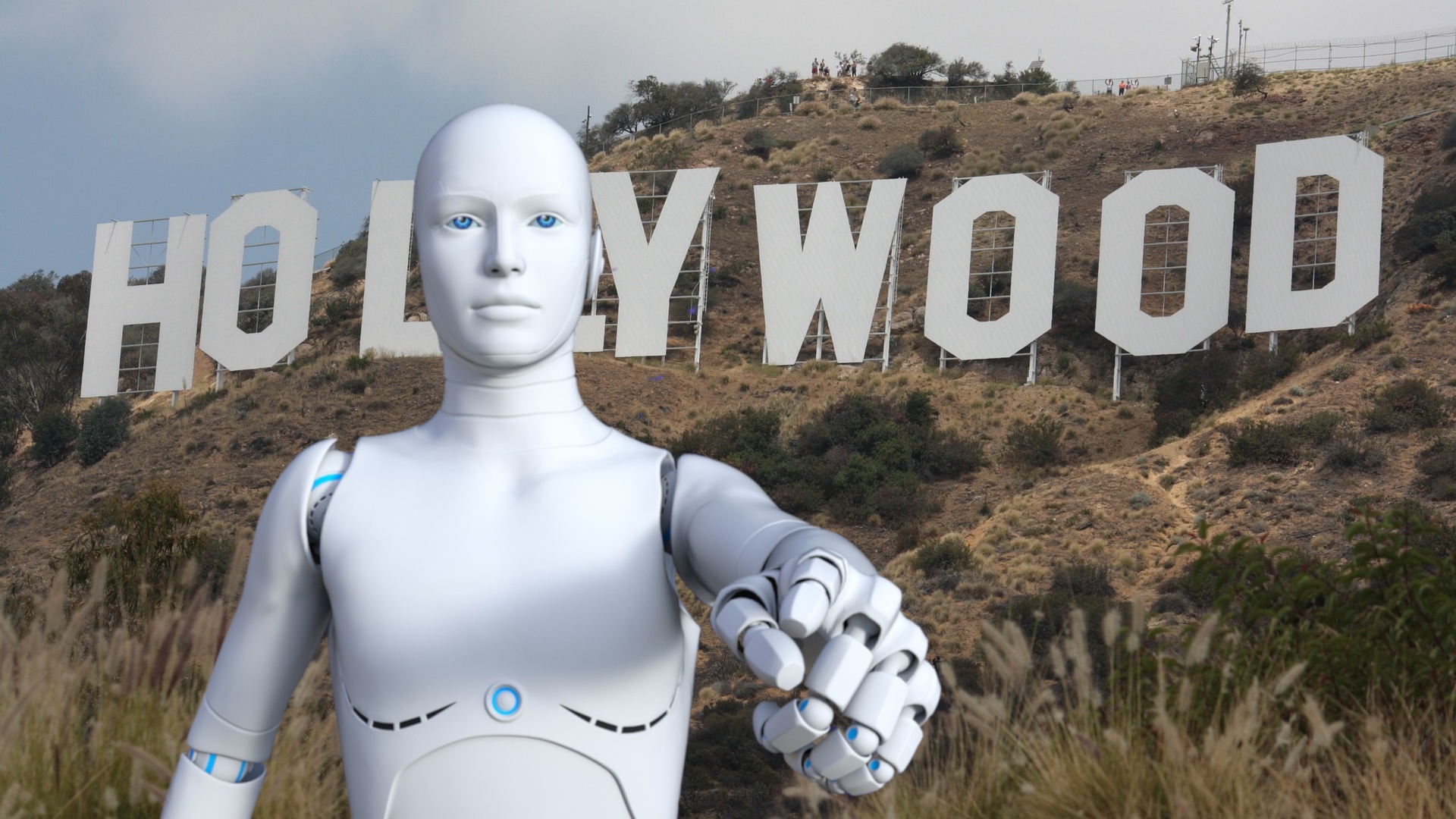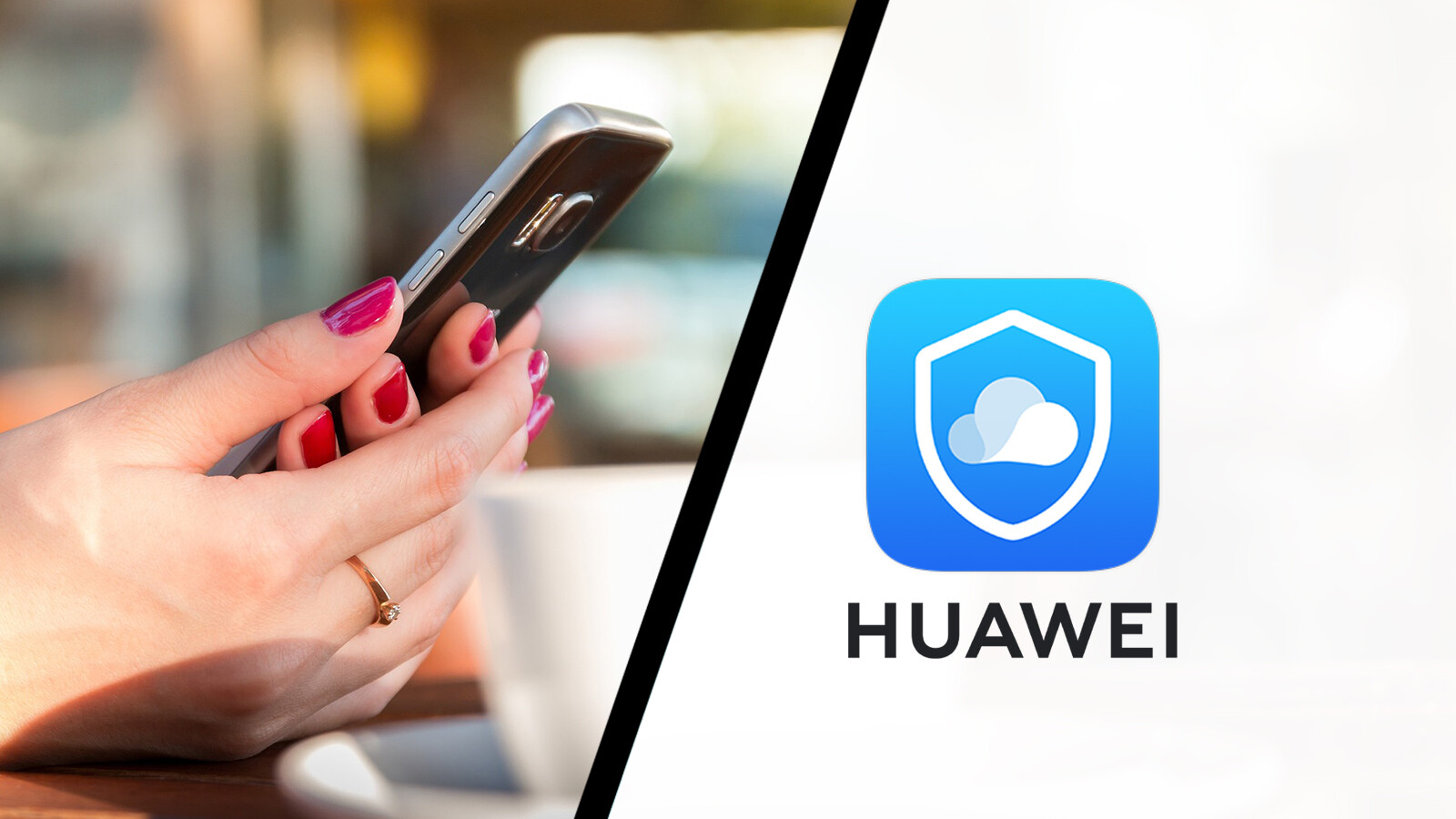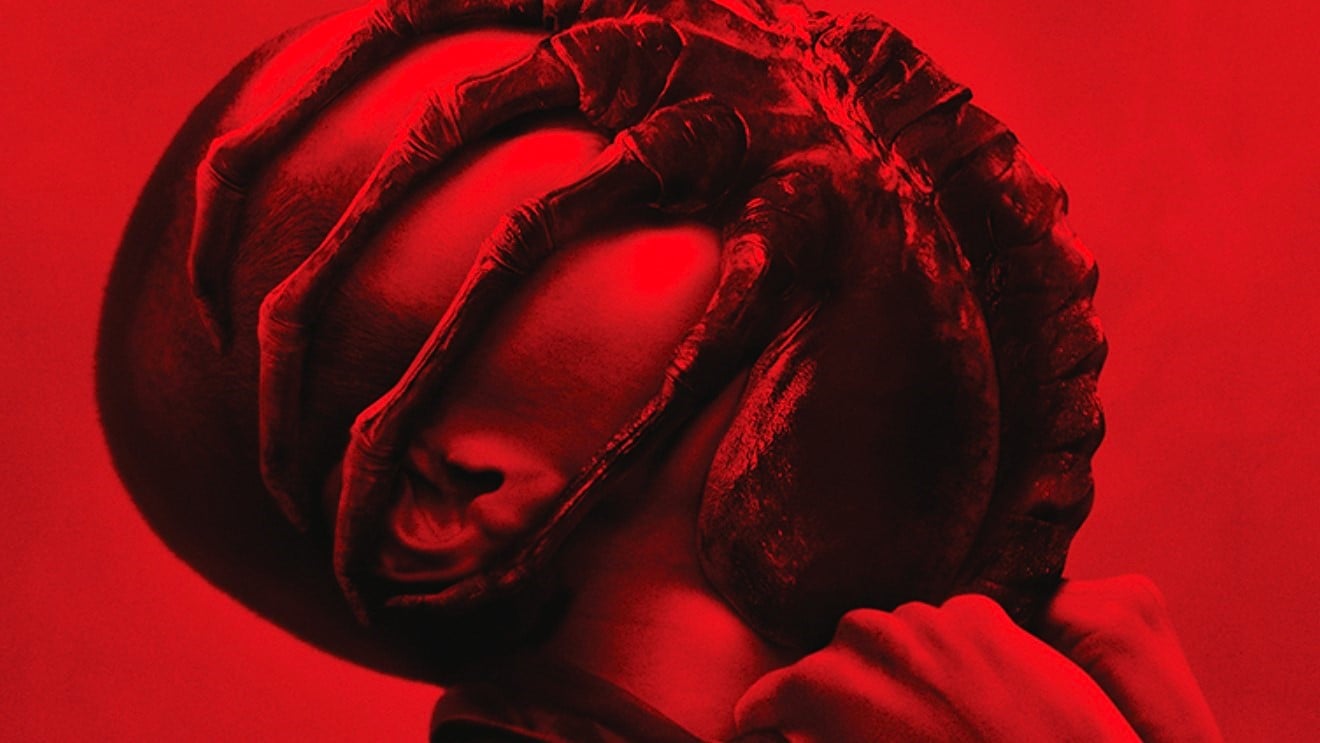Will there be an artificial intelligence in Hollywood soon? Probably not in the foreseeable future. (Image source: Pixabay)
Artificial intelligence (AI) has made amazing strides in recent years. In the meantime, AIs are conquering the long-unreachable space of artists and creative people: OpenAI’s GPT-3 generates entire texts based on a short template. And with the image generation AI Midjourney, artist Jason Allen has just won first place in an art competition for human participants.
But the success of creative AI does not stop with text and image. The next big step: films created by artificial intelligence. Several film projects that were created with the help of AI have made a name for themselves in recent weeks. So are we expecting AI-generated films from Hollywood in the near future?
The Crow: An AI film sweeps away awards
A closer look at the film projects shows that it will take a while until then. The short film in particular attracted the most attention «The Crow»
The basis for «The Crow» was a Dance video uploaded to Youtubethat Marshall inserted frame by frame into the «CLIP» neural network. The AI should then convert each frame into “a painting of a crow in a desolate landscape”. It was reassembled into a new video of a dancing crow, which won the jury prize at the Cannes Short Film Festival last week.
Despite all the deserved hymns of praise: one cannot yet speak of a completely AI-generated film. Marshall himself says he “meets the AI halfway.” Without the basis of the existing video, «The Crow» would not have been possible.
link to YouTube content
Salt works with AI-generated audio
In some areas, the project goes even further than “The Crow”. «Salt» by Europe artist Fabian Stelzer. This combined with Midjourney and other AIs created still images with deepfakes. On top of that he puts AI-generated sound effects and voices whose sound was modified by the voice generator «Murf». The result is a series of short films in which the community on Twitter votes on the further story of a mining colony.
Was sind Deepfakes?
Deepfakes are videos, films, etc. that have been modified with artificial intelligence. The best-known application is so-called “face swapping”, in which faces in videos are exchanged using machine learning. Deepfakes are often criticized for their potential for abuse, but they can also have artistic added value, as in the case of “Salt”.
Image and sound are therefore largely generated by artificial intelligence. Here, too, the argument can be made that it is not really an AI-generated video. While “The Crow” builds on an existing foundation, “Salt” mainly uses still images. A moving image created by an AI without a template cannot be seen in either project.
link to Twitter content
The big problem when creating such moving images: Videos are not just a series of images, they have to logically build on each other frame by frame. This requires both a comprehensible sequence of images and a logical overall structure for the individual scenes. Each image depends on its predecessor and successor.
Completely AI-generated films are therefore still a thing of the future. But for some time now, researchers have been working on AIs which calculate the expected next frame for an image. Based on AI-created concept drawings, entire scenes or even films could soon be created with it. It’s still a long way to go before commercial use in Hollywood. But an experimental feature film without human creativity is only a matter of time.
What do you think? Are we expecting AI-generated films in the near future? And will computer-generated films remain a niche art project or will they find their way to Hollywood? Write it to us in the comments!









